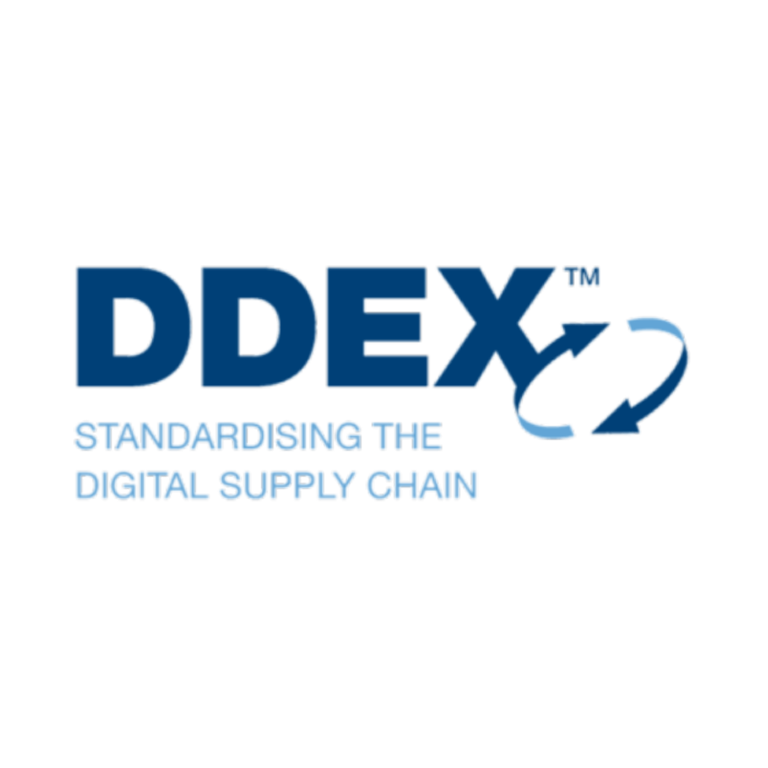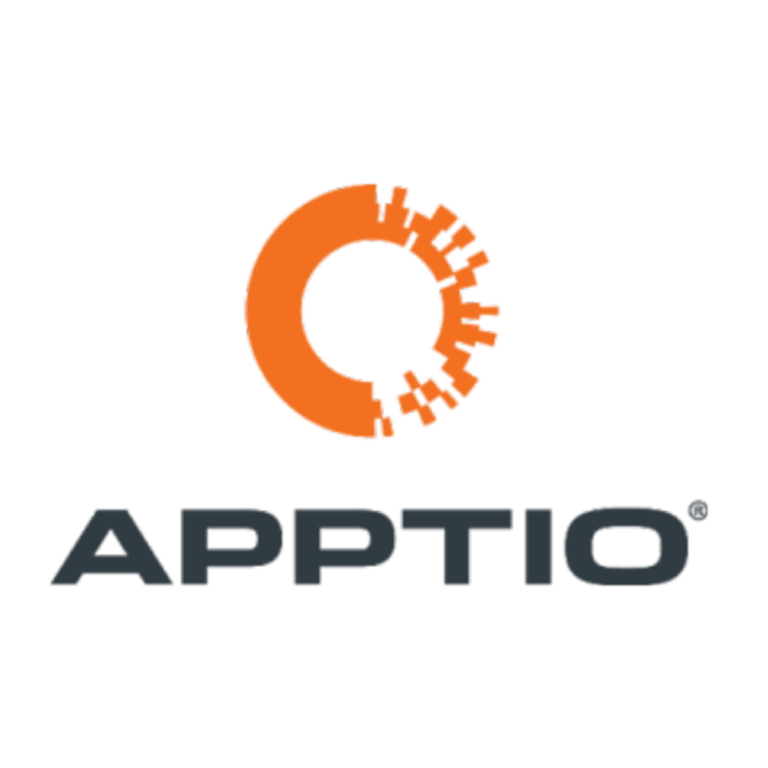Customer, Developer and Partner Portals: integrating processes, people and information
People need easy access to a wide range of high-quality information to do their jobs successfully. Customer, Developer and Partner portals are a great way to provide this. All three are types of information portal.
Information portals support and integrate processes, people, and information. They blend content from diverse sources into a single resource with a unified look and feel, providing a trusted source of information for their target audiences.
However, while they are all information portals, there are several key differences. So, we recommend slightly different approaches when designing, developing, and delivering each one:
Customer support portal
Also known as a customer service portal. Provides customers with a self-service resource, enhancing the customer experience, supporting sales and product engagement, and reducing the demands on your support team.
Developer portal
Provides a self-contained hub with all the information developers need to understand and get the most from APIs and other software integration tools. The best developer portals support the whole lifecycle of developer engagement, and make it easy for your customers and partners to use the full capabilities of your service.
Partner portal
Gives your partners access to the resources they need to market, sell and support your products and services. If implemented well, your partner portals can drive growth, and free up your internal resources.
Want to find out more?
Success factors for information portals
Customer, Developer and Partner portals often require diverse inputs from several teams within an organisation. These inputs must be pulled together and presented in a unified, easy-to-use resource: a successful user experience comes from simplicity, speed and trust. To get the best results, you should consider the following:
- Provide a clear structure with easy navigation – If you have great content, it’s a waste if readers can’t find it. A well-designed information structure is the foundation of a portal. Structured content provides clear categories of information that simplify navigation and make it easy to find information. When planning any Customer, Developer or Partner Portal, ease of access to information should be a primary concern.
- Integrate content from various sources – Content should appear seamless to readers and to those that produce the content. A well-designed structure enables content to be seamlessly created and integrated. For example, a Developer portal could contain API reference information from the development team, as well as server status information from the DevOps team. A Partner portal needs sales collateral from marketing, as well as technical manuals from the documentation team. A Customer portal can offer integrated content from a variety of sources, and feel like an extension of the product or service experience
- Provide a unified look and feel – Content may be created by different teams using different tools, but the portal should provide a consistent look and feel to the reader. As with all external content, information portals should fit in with your organisation’s branding guidelines. You can have one of the best customer portals, but if it doesn’t fit your overall brand feel, it can be jarring to your users and damage your brand.
- Support a range of formats – Use the best format for the information type you are publishing: text, tables, flows, graphics, photos, videos and interactions. The portal should support all the formats required to ensure that it is a one-stop-shop for the reader. Although this can make the management of the portal trickier, more people will use, and they will remember more of what they see.
- Make it easy to update – Your content needs to keep pace with your product. But not all content will need to change at the same time, so content authoring and publishing designed for ‘manuals’ won’t work for portals. Streamlining how content is created and introducing automation can cut the cycle time required, and significantly ease managing your information portals.
- Deliver local languages when it matters – Providing content in the language of the local market simplifies interactions for partners and customers, as well as fostering more goodwill from these users towards your brand. But not all content will necessarily be needed in every market, and not all will need to be translated. The portal will need to support that flexibility, and still feel ‘local’ to whoever is reading it.
Want to find out more?
How can 3di help?
Information portals provide an effective way to share information and resources about systems and processes that reach beyond organisational boundaries. However, if the process to create and update the portal is complex and difficult to manage, the benefits of the portal will be lost.
3di works with organisations to design, implement and manage efficient content creation and localization processes to ensure that the technical and business information is captured and published efficiently.
Find out more
If you want to find out more about our award-winning technical authoring team, our process, or our previous work for some of the world’s most well-known companies, you can visit our blog post or case studies pages for more information. Alternatively, if you want to discuss how we can help create and manage your Customer, Developer, or Partner portals, contact us using the link below.
Case studies
Related posts

Helping customers find information in rapidly changing situations
How can Information portals help you get information to customers quickly?

MadCap Flare: editing the documentation portal’s front-end
How to use MadCap Flare to create the front-end of your documentation portal.

Is your partner portal giving you a competitive advantage?
Are you making the most of your information portals? Read more here.



